
Vaughan Springs and Chinese Burial Ground
A small Chinese cemetery sits on a rise above an historic spa and playground on the banks of the Loddon River.
| Access: by car to the springs. A short stroll to the Chinese cemetery | Period: 1850s on |
| Time: Allow 30 minutes or more | Stories: Chinese diggings; mineral springs, recreation, playgrounds |
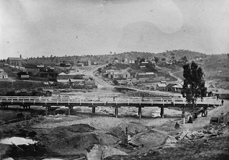
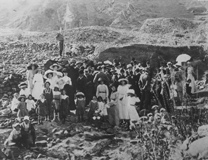
Chinese gold seekers first arrived on the `Diggings' in 1854. They mainly looked for alluvial gold, content to repeatedly re-work ground abandoned by Europeans.
Chinese people had arrived in Australia in smaller numbers before the days of gold mainly as indentured labourers on remote sheep stations. But gold brought a well organised migration, almost exclusively from the 13 colonies of Kwangtung province around Canton.
1854 there were around 2,300 Chinese in Victoria. In 1857 there were 25,400. Nearly all were male, and they made up a sizeable part of the country's male population, about one in ten.
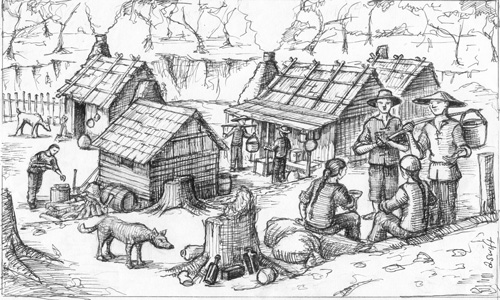
There were concerns about the rapidly increasing migration of a people of `foreign' ways who did not bring wives with them and clearly ended to send their wealth home. In 1855, a tax of £10 a head on all Chinese entering the colony was imposed by the Victorian Parliament, and a poll-tax of £1 per annum levied on every Chinese person on the goldfields.
Shipping companies soon devised a profitable scheme whereby they charged the immigrants the £10 tax, but avoided paying the authorities by offloading the Chinese in South Australia. Between 1856 and 1858, about 16,500 Chinese walked from Robe, South Australia, to the Victorian diggings.
Things got much worse for the Chinese: the poll-tax was increased and abuse was common. They petitioned the legislative assembly ('The Act was unjust in principle and a violation of the fundamental laws of the British Constitution and degrading...') and thousands took a path of passive resistance till the tax was reduced.
The Chinese were very thorough miners, one observer noting, `The Chinese do not seem satisfied until they clean the whole of the gold-bearing earth from their claims, that not a particle of the precious ore may be left.'
1861, the Loddon River valley around Vaughan was exclusively in the hands of Chinese miners. Despite declining gold yields, the Vaughan area was home to a number of Chinese until the early 1900s. Unable to survive by gold alone, they took on seasonal agricultural work and also developed their own market gardens.
Like many on the diggings, the burial ground at Vaughan was an unofficial one.
The Vaughan Mineral Springs Reserve is situated on the banks of the Loddon River below the Chinese burial ground. The mineral springs and the reserve are very much linked to gold too, even though gold mining had declined well before the end of the 19th century.
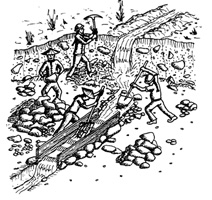
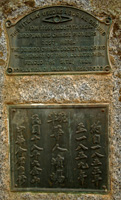
In 1910, when hydraulic sluicing operated briefly in the valley, the township of Vaughan was little more than a memory. But a lasting legacy from that enterprise came when a young buy, Jim Paull, wandered over slate exposed by the sluicing and noticed water bubbling to the surface. Vaughan Mineral Springs was born, and Vaughan became popular as a health and recreation centre throughout the middle of the 20th century.
Note:
• There are picnic facilities and a playground at Vaughan Mineral Springs
• The Chinese burial ground at Vaughan is a short walk from the start of the turnoff to Vaughan Mineral Springs
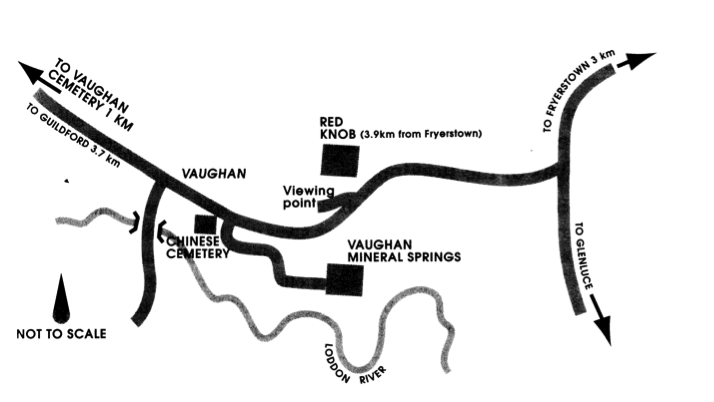
The Vaughan Cemetery is a one kilometre drive from Vaughan.
View Larger Map